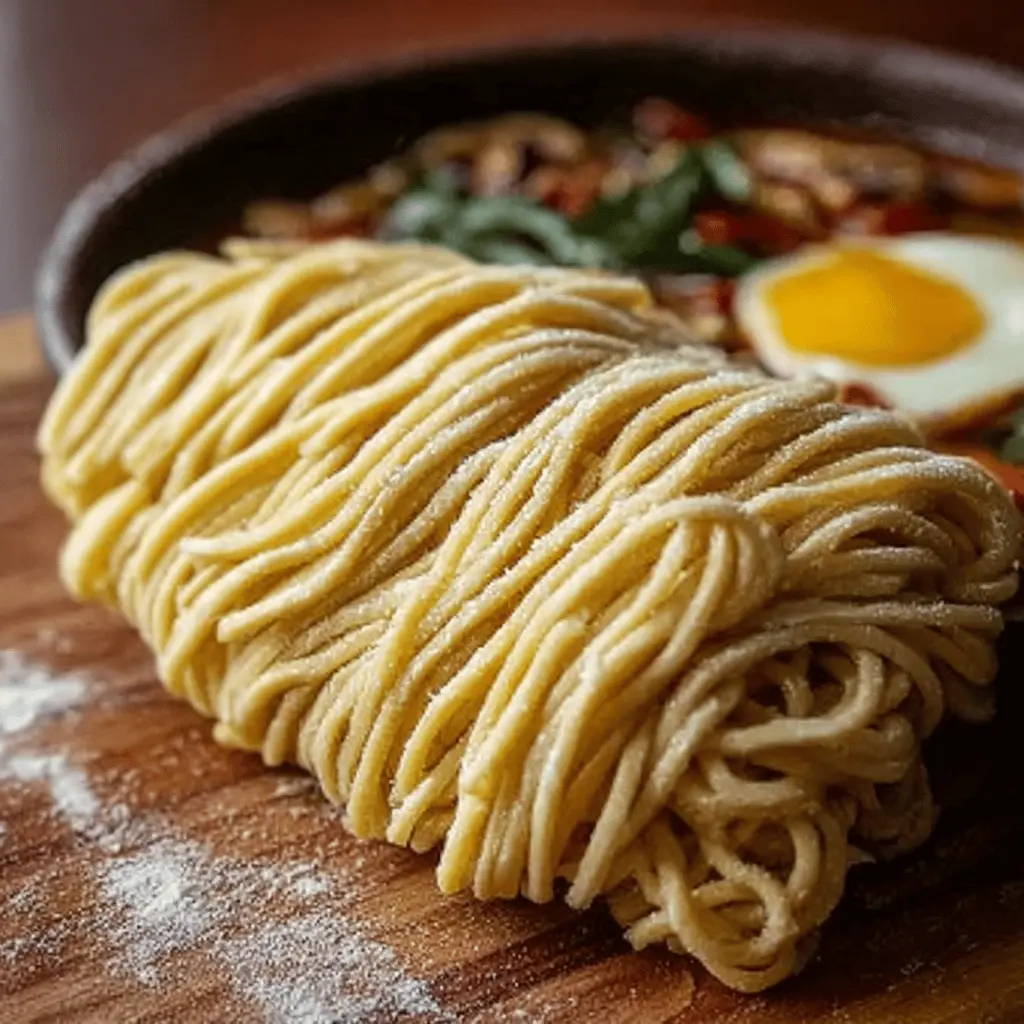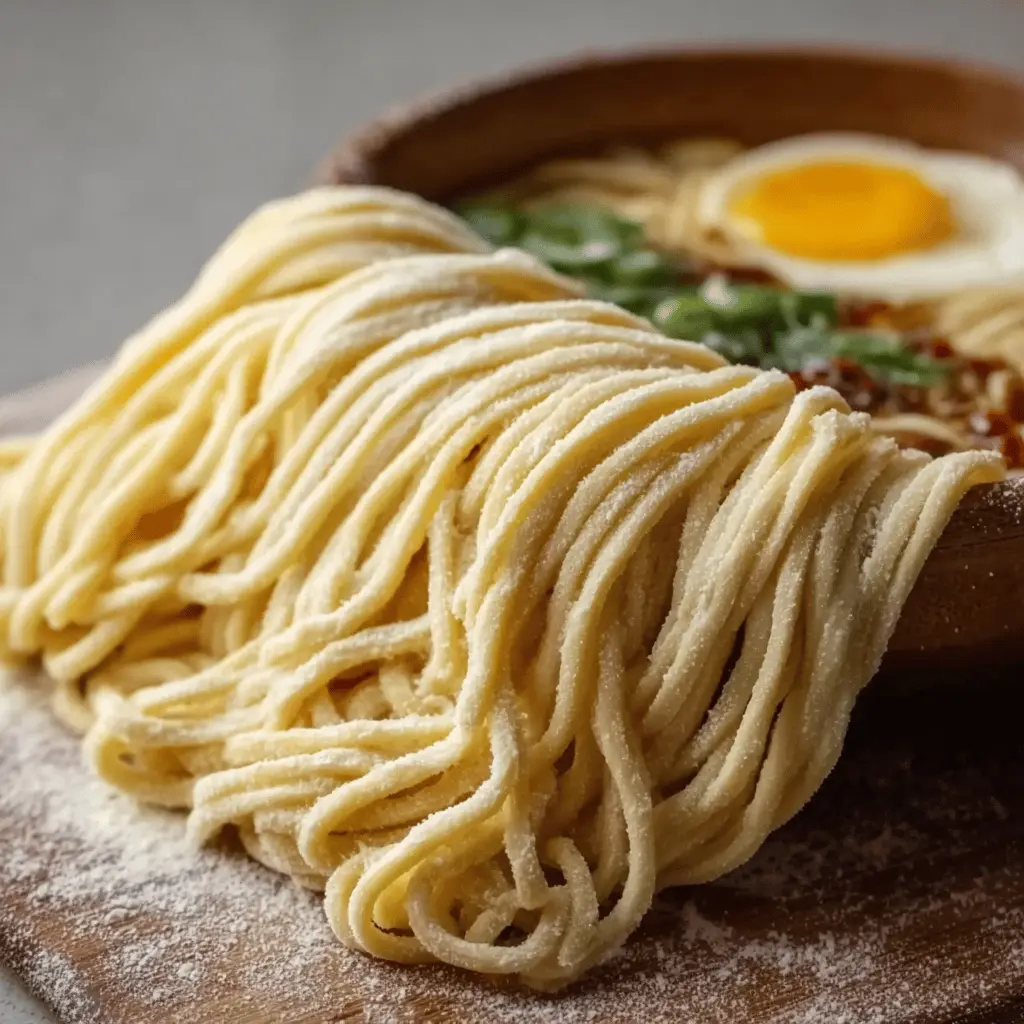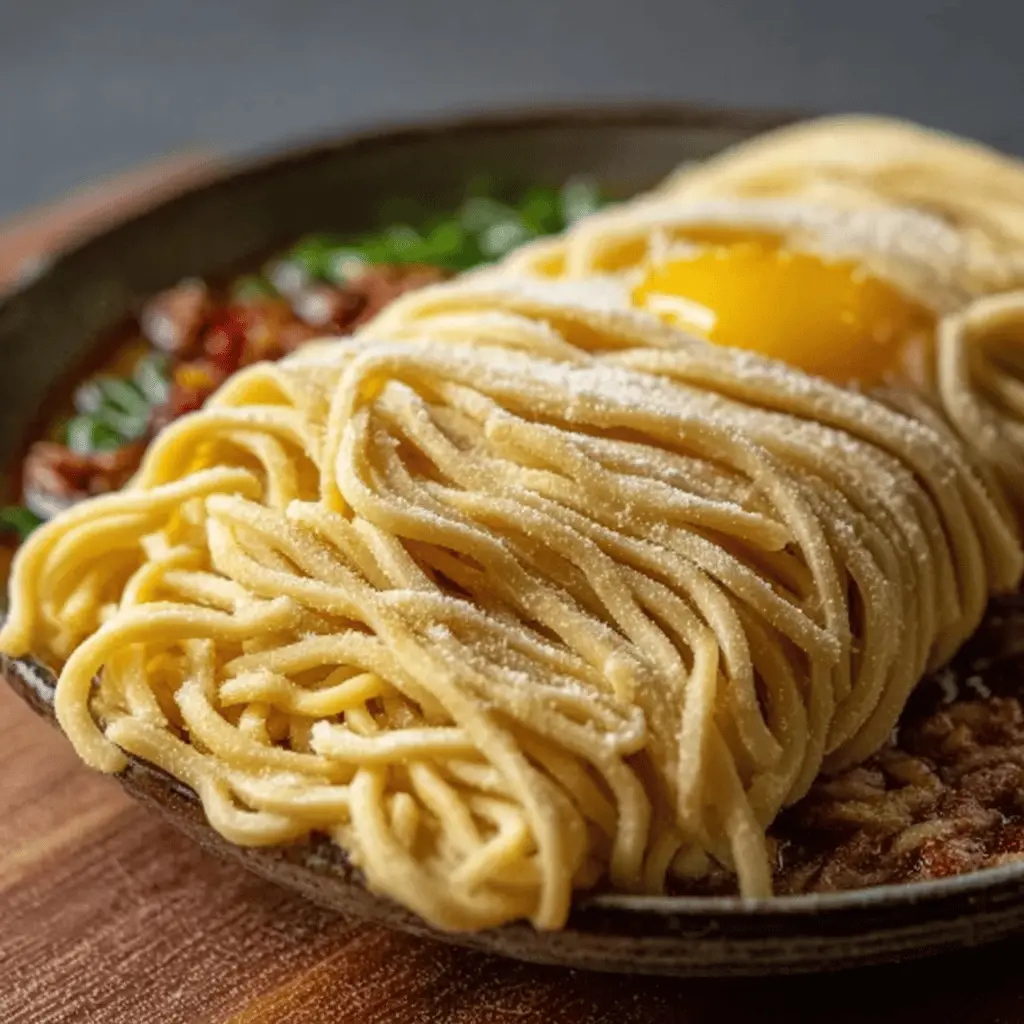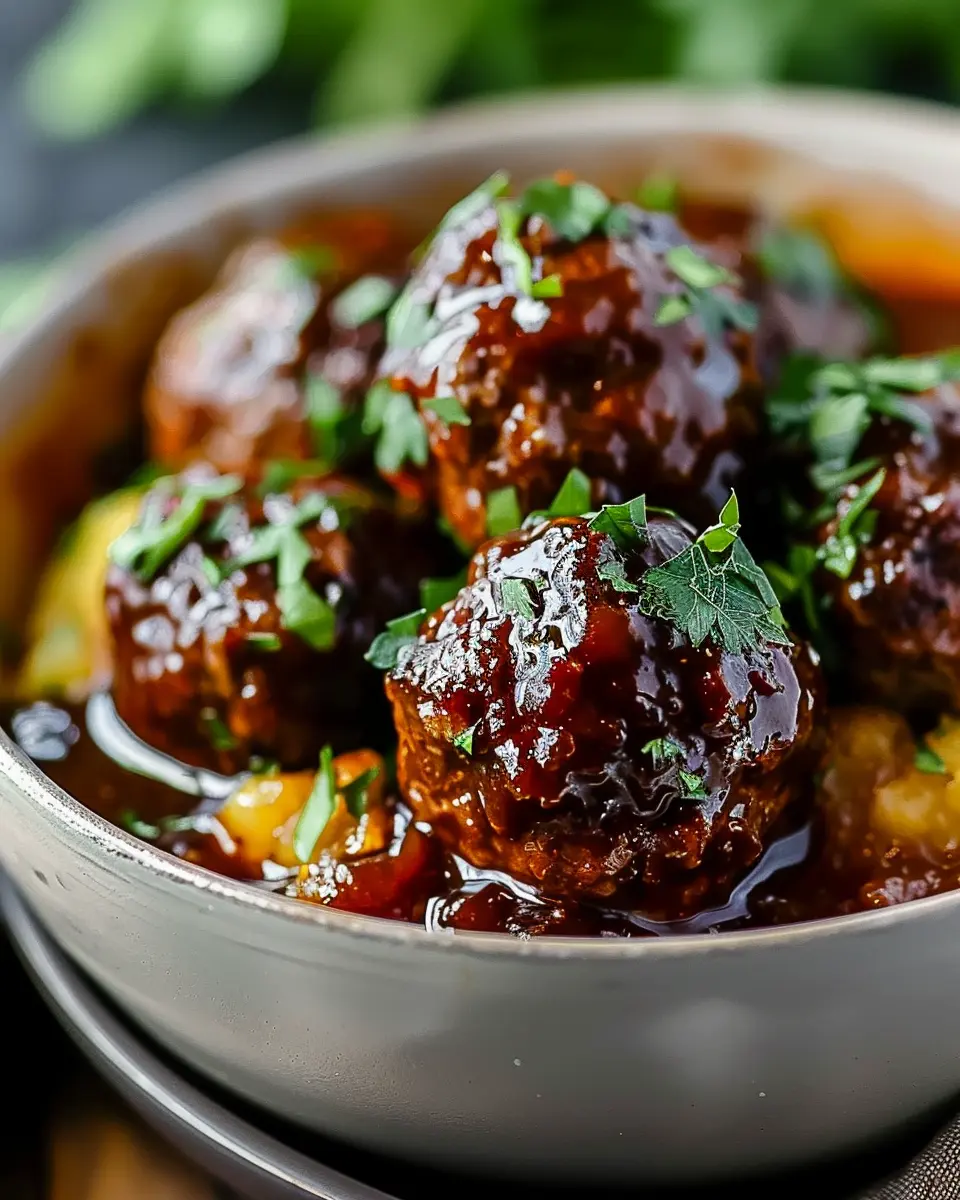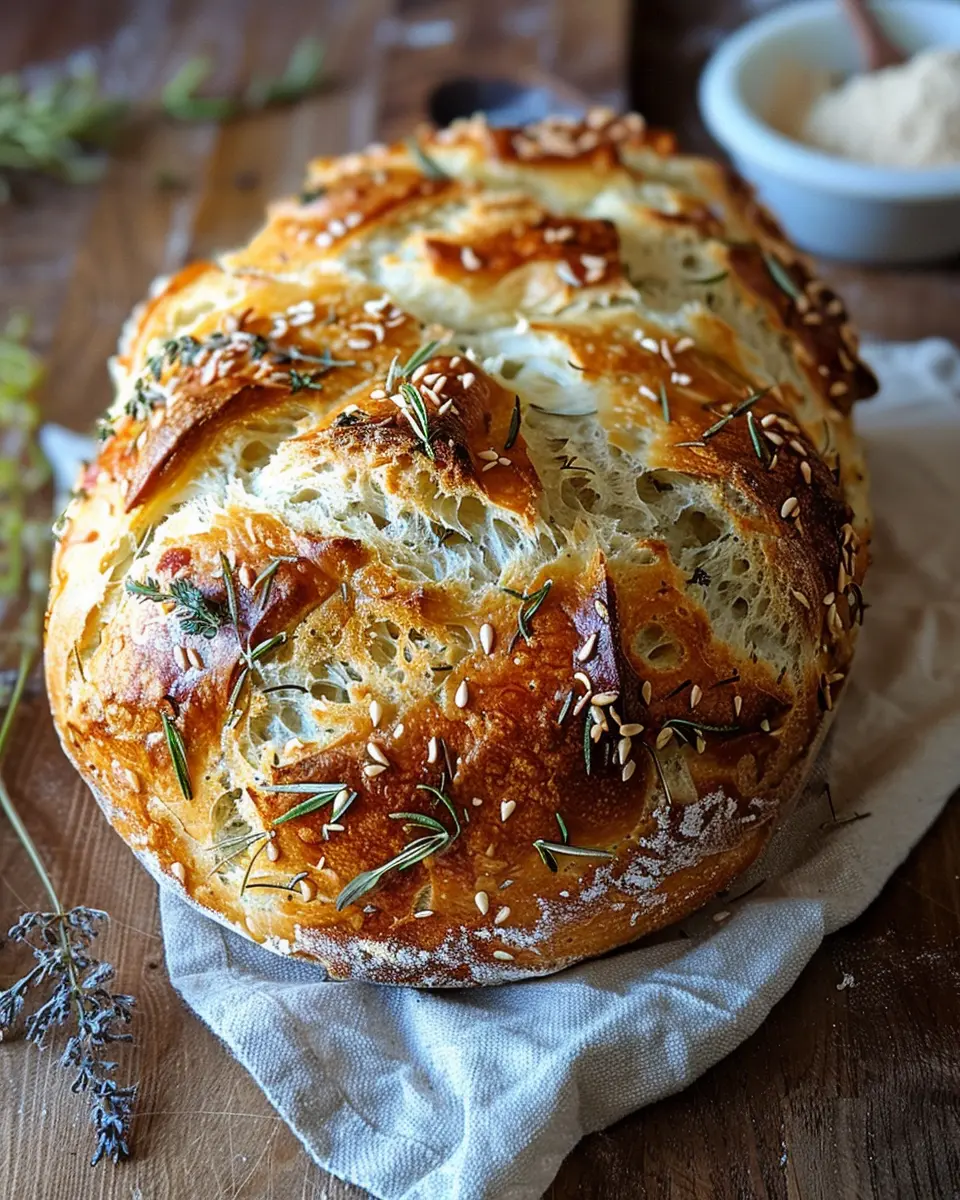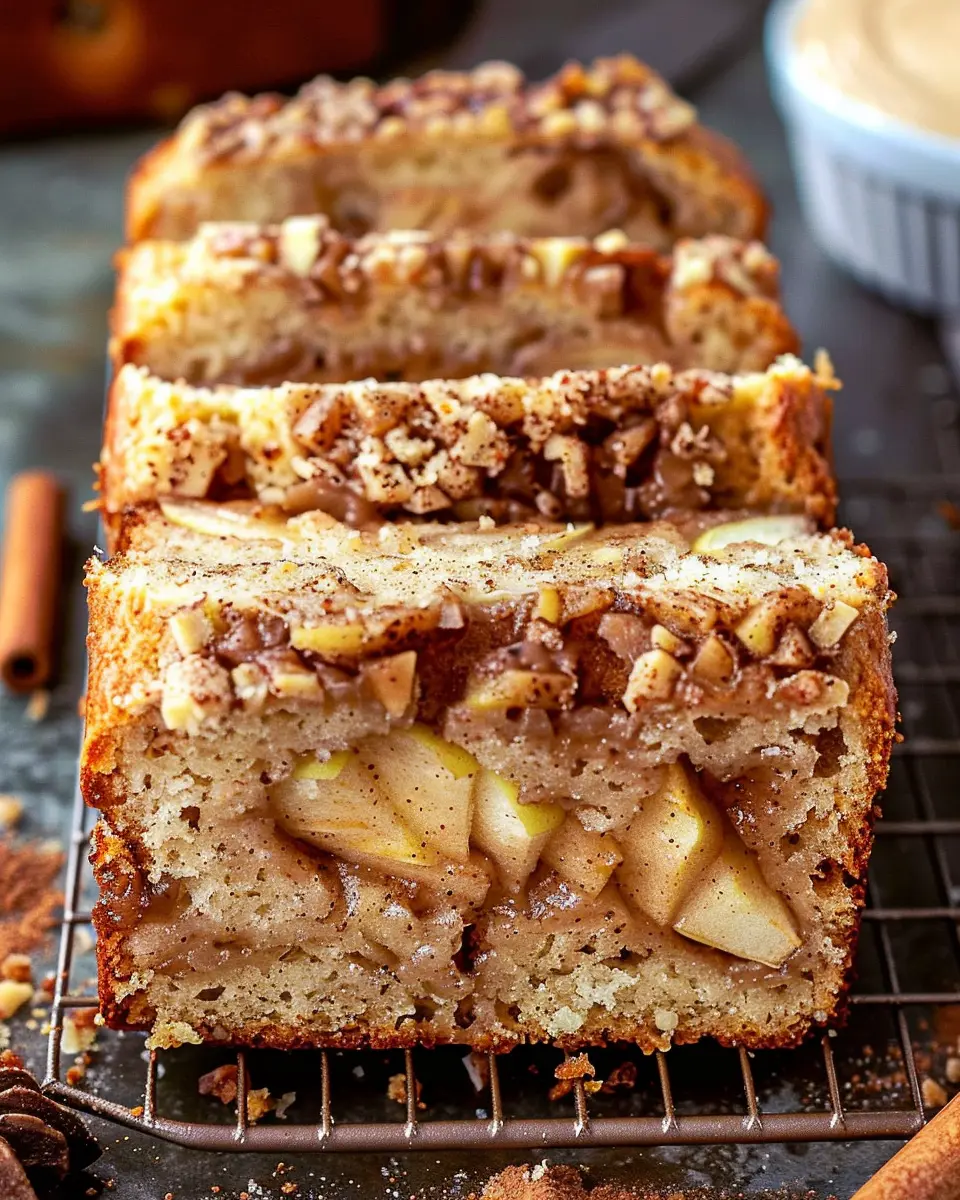Introduction to Homemade Ramen Noodles
Why Make Homemade Ramen Noodles?
If you’ve ever slurped a bowl of ramen from your favorite noodle shop, you know there’s something magical about it. But have you considered trying your hand at making your own homemade ramen noodles? Here are a few reasons that might just inspire you to roll up your sleeves.
First off, there’s the incredible taste factor. When you make your own noodles, you’re in complete control of the ingredients, which means you can customize everything to your liking. Want them chewier, thinner, or perhaps infused with a unique flavor? The possibilities are endless. Plus, did you know that fresh noodles cook more quickly than their dried counterparts? That means you can enjoy your meal even faster!
Let’s talk about nutrition. By experimenting with your own homemade ramen noodles recipe, you can incorporate healthier ingredients. Use whole grain flour, for instance, to add extra nutrients and fiber. You can even craft a gluten-free version by using alternative flours like rice or buckwheat.
And let’s not underestimate the joy that comes from cooking at home. According to a report from the Harvard Business Review, cooking allows us to be more present and engaged in the moment, leading to reduced stress levels. So, not only will you satisfy your taste buds, but you’ll also be nurturing your mind.
Don’t worry if you’ve never made noodles before; the process can be quite fun and fulfilling! Watching that dough transform into luscious strands is a gratifying experience. Plus, when you plate your vibrant creations, you can take pride in knowing you crafted every component from scratch.
For those who appreciate the artistry of cooking, making your own noodles opens up a world of culinary creativity. If you’re ready to dive into this delicious world, navigating a simple homemade ramen noodles recipe can unleash your inner chef.
So gather your ingredients and prepare for a flavorful adventure that not only tantalizes your taste buds but also nurtures your culinary spirit! Want to explore more about the ramen-making process? Check out the detailed ramen fundamentals that can elevate your cooking game even further.
Ingredients for Homemade Ramen Noodles
Essential ingredients for the perfect noodle
Creating the perfect homemade ramen noodles recipe starts with a few key ingredients that you likely already have in your kitchen. First up, you’ll need:
- All-purpose flour: This is the backbone of your noodles, providing the structure needed for that perfect chewiness.
- Kansui (alkaline water): A game-changer! This ingredient gives ramen its distinct flavor and yellow color. If you can’t find it locally, a mix of baking soda and water can be a good substitute.
- Water: Simple yet essential, it helps bring everything together.
- Salt: Just a pinch will elevate your noodle’s flavor profile.
These ingredients combine to create a wonderfully elastic dough, making your noodles the star of your bowl.
Optional ingredients to enhance flavor
While the fundamentals are crucial, there are optional ingredients that can truly elevate your noodles:
- Eggs: Adding eggs not only enriches the flavor but also gives the noodles a luxurious texture.
- Spices: A touch of garlic or ginger powder can add a delightful warmth.
- Herbs: Fresh chives or green onions can offer a pop of color and flavor when you serve your ramen.
Feeling adventurous? Try experimenting with other flavors based on your dish. Don’t hesitate to dive into the world of homemade ramen – it’s a rewarding culinary adventure! If you’d like to learn more about the science behind ramen, check out Serious Eats.
Preparing Homemade Ramen Noodles
If you’ve ever had the pleasure of enjoying a steaming bowl of ramen, you know that the noodles are the heart and soul of the dish. Making your own homemade ramen noodles is easier than you might think, and there’s something incredibly rewarding about crafting them from scratch. So, let’s get into the nitty-gritty of preparing these delightful noodles.
Gather your ingredients
The first step to the perfect homemade ramen noodles recipe is to gather your ingredients. You’ll need:
- All-purpose flour: about 2 cups for optimal texture
- Kansui (alkaline mineral water): this is essential for that authentic ramen flavor. If you can’t find it locally, you can make a simple substitute using baking soda.
- Water: approximately 2/3 cup
- Salt: a pinch to enhance the dough
Make sure all your ingredients are at room temperature so they mix well.
Mix the dry ingredients
In a large mixing bowl, whisk together the flour and salt until combined. The combination of all-purpose flour and kansui is what gives ramen its unique texture and bite. If you’re unfamiliar with kansui, it might be helpful to check out this article on ramen-making ingredients for more context.
Add water and form the dough
Gradually add water to the flour mixture. Use your hands or a wooden spoon to combine the ingredients until a shaggy dough forms. Don’t worry if it looks a little rough; that’s part of the process!
Knead the dough for chewiness
Now comes the fun part—kneading! Transfer the dough onto a floured surface and knead it for about 10-15 minutes. You want to develop the gluten, which is crucial for achieving that classic chewy texture. This is where the workout comes in, so put some muscle into it! Your efforts here will pay off when you take your first bite.
Let the dough rest
Once you’re happy with the dough’s texture, wrap it in plastic wrap and let it rest for at least 30 minutes at room temperature. This resting period allows the gluten to relax, making it easier to roll out later. You could take this time to prep your toppings or broth.
Roll and cut the noodles
After the dough has rested, it’s time to roll it out! Divide the dough into manageable sections and roll each out into thin sheets, about 1/16-inch thick. You can use a pasta machine or a rolling pin—whichever you prefer. Then, cut your rolled-out dough into the desired width (usually about 1/4 inch).
Dust with cornstarch
To prevent your noodles from sticking, dust them lightly with cornstarch. This step is crucial; no one wants their beautiful noodles to clump together! You can also lay them out on parchment paper, dusted with cornstarch as well.
Cook the noodles to perfection
When you’re ready to enjoy your delicious creation, bring a large pot of salted water to a boil. Cook the noodles for about 2-4 minutes. Fresh noodles cook much faster than dried ones, so keep an eye on them for that perfect al dente bite. Once cooked, drain and rinse under cold water to stop the cooking process and remove excess starch.
Now you’re ready to create a delightful bowl of ramen with your homemade ramen noodles. Pair them with rich broth and your favorite toppings—maybe some Turkey Bacon or Chicken Ham—and enjoy a satisfying meal that your friends will rave about! Making ramen at home not only brings comfort but also provides a chance to experiment with flavors that you love. Happy cooking!
Variations on Homemade Ramen Noodles
When it comes to elevating your culinary game, experimenting with a homemade ramen noodles recipe is an absolute delight! It’s a canvas for your creativity. Let’s dive into some classic flavors and unique twists that will make your ramen stand out.
Classic Flavors for Ramen
Starting with the basics, traditional ramen broths often feature rich flavors that are deeply satisfying. Think about:
- Shoyu (Soy Sauce): This classic blend adds a savory depth to your broth, perfect for your turkey bacon or chicken ham toppings.
- Miso: This fermented soybean paste introduces a nutty, umami-rich flavor. It’s a wonderful pairing with fresh greens and sesame oil.
- Tonkotsu: Why not try a lighter beef broth instead? By simmering beef bones for hours, you create an intensely flavored base that marries beautifully with your homemade noodles.
Unique Twists on Traditional Recipes
Feeling adventurous? Here are some fun twists that will wow your taste buds:
- Spicy Kimchi Ramen: Add a dollop of kimchi for a spicy, tangy punch that will awaken your palate. The fermentation also adds beneficial probiotics!
- Coconut Curry Ramen: Mix coconut milk and curry paste for a fragrant, creamy broth. Top it with shrimp or chicken for a protein boost.
- Veggie Delight: Go plant-based with a rich vegetable broth, loaded with mushrooms and kale. Top it off with marinated tofu or avocado slices.
Explore even more about the endless variations of ramen and garnishing techniques here.
Each of these options makes the humble homemade ramen noodles recipe shine. So, whether you’re sticking with traditional or venturing into the unusual, there’s no limit to the delicious possibilities your ramen can hold!
Cooking tips and notes for Homemade Ramen Noodles
Creating your own homemade ramen noodles can be incredibly rewarding, but it’s not without its challenges. Here are some tips to make the process smoother and more enjoyable.
Troubleshooting common noodle issues
If your noodles are sticking together, try dusting them with a bit of cornstarch or flour as you form them. If they’re too chewy, it may be a sign that they need either a little more water or to be rolled thinner. Be patient during the rolling process; take your time for even results.
Tips for achieving the best texture
For that delightful chewiness that ramen is famous for, using the right flour is crucial—look for high-protein bread flour. Additionally, don’t skip adding kansui (alkaline water) if your recipe calls for it; it’s key to getting that authentic texture. Make sure to rest your dough as it helps the gluten relax, improving the final product.
These tips can elevate your homemade ramen noodles recipe from good to great! Remember, practice makes perfect, so get ready to enjoy a fun cooking adventure. For more insights, check out resources like Serious Eats where they delve deeper into noodle-making techniques.
Serving suggestions for Homemade Ramen Noodles
Toppings to elevate your ramen experience
When it comes to enjoying your homemade ramen noodles recipe, the toppings can transform a simple bowl into a gourmet meal. Here are some delightful options to elevate your ramen:
- Soft-boiled eggs: Cook them just right for a runny yolk that adds creaminess.
- Turkey bacon or chicken ham: A delicious twist on traditional meats, these add a savory richness.
- Fresh vegetables: Incorporate bok choy, scallions, and bean sprouts for color and crunch.
- Nori: Garnish your bowl with seaweed for added umami and texture.
- Chili oil or sesame oil: Drizzle a bit to crank up the flavor and spice.
These toppings not only give your ramen depth but also make every bite an adventure!
Pairing options for a complete meal
To complement your homemade ramen noodles, consider serving them with sides that round out the dining experience. A light miso soup can be a perfect starter. For the main, side dishes like gyoza or sesame-encrusted tofu can offer satisfying alternatives.
Looking for a refreshing end to your meal? A light fruit salad or green tea can cleanse your palate beautifully.
To expand your culinary journey, explore more about ramen magic at Serious Eats or The Kitchn for unique takes and cultural insights!
Time Breakdown for Homemade Ramen Noodles
Making your own homemade ramen noodles is a rewarding experience that brings the deliciousness of ramen right to your kitchen. Here’s how you can plan your time!
Preparation Time
Expect to spend about 30 minutes prepping your ingredients. This includes mixing your flour, water, and kansui to create that perfect dough. It’s fun, and don’t worry if it feels a bit rustic at first!
Cooking Time
Once the dough rests, the cooking process takes roughly 10 minutes. After rolling and cutting the noodles, just boil them briefly until they’re tender. Don’t forget to time this right; undercooked noodles are a common pitfall!
Total Time
In total, you’re looking at 40 minutes, but trust me, it’s worth every second. You’ll be enjoying a steaming bowl of your homemade ramen noodles in no time!
If you’re curious about how to enhance your ramen experience, check out resources like Serious Eats for tips on broths and additional toppings!
Nutritional Information for Homemade Ramen Noodles
Creating your own homemade ramen noodles not only provides a delicious meal but also lets you control the ingredients and nutritional profile. Here’s a quick breakdown of what you can expect nutritionally from one serving of these delightful noodles:
Calories
A standard serving of homemade ramen noodles clocks in at around 220 calories. This makes it a great base for your favorite toppings without overwhelming your daily caloric intake.
Protein
When you’re looking for a hearty meal, protein plays a crucial role. These noodles provide about 7 grams of protein per serving, especially when paired with toppings like Chicken Ham or Turkey Bacon.
Carbohydrates
Homemade ramen noodles are rich in carbohydrates, delivering about 40 grams per serving. This gives you the energy boost you need to fuel your busy lifestyle, whether you’re at work or exercising.
By being mindful of the ingredients you add, you can craft a delicious and nutritious bowl of ramen. If you’d like to dive deeper into the dietary benefits of various toppings, you might explore WebMD or Healthline for more expert insights!
FAQs about Homemade Ramen Noodles
Making your own ramen noodles at home is an exciting culinary adventure, and naturally, you might have a few questions. Let’s dive into some common queries to help you along your noodle-making journey!
Can I store homemade ramen noodles?
Absolutely! Once your homemade ramen noodles are cooked, you can store any leftovers. Just let them cool and then toss them in an airtight container. They will keep well in the refrigerator for about 2-3 days. If you want to store them for a longer period, consider freezing them. Freeze the noodles in a single layer before transferring them into a freezer-safe bag. When you’re ready to enjoy them again, they can go straight from the freezer to the pot!
How do I know when the noodles are done cooking?
Perfectly cooked ramen noodles have a delightful chewy texture. Generally, fresh homemade noodles will take about 3-5 minutes to cook. Keep a close eye on them; taste-testing is the best way to check if they’re done to your liking. When they’re just tender and springy, it’s time to pull them from the heat!
What is the best way to reheat ramen noodles?
Reheating homemade ramen noodles can be simple and quick. For the best results, use a pot of boiling water and dunk the noodles for about 30 seconds, or until they are heated through. Alternatively, you can add them directly to your hot broth to beautifully revive their texture and flavor.
For more tips on perfecting your ramen experience, check out Serious Eats’ guide on making ramen for the ultimate insights. Enjoy your noodle-making!
Conclusion on Homemade Ramen Noodles
Embrace the homemade ramen experience!
Crafting your own homemade ramen noodles is not just about a meal; it’s an adventure in your kitchen that brings a taste of Japan right to your dining table. The satisfaction of kneading dough, rolling it out, and cooking up a delicious bowl is unmatched. Plus, you can customize your broth and toppings to fit your taste—try turkey bacon or chicken ham for a unique twist!
If you’re unsure where to start, consider checking out resources on Japanese noodle-making traditions. Each bowl of your homemade ramen can tell a story, so don’t hesitate to experiment. Enjoy the process, and savor every bite of your delicious creation!
PrintHomemade Ramen Noodles Recipe: Easy and Delightful Comfort Food
This homemade ramen noodles recipe is simple to follow and perfect for creating a comforting bowl of ramen at home.
- Prep Time: 15 minutes
- Cook Time: 5 minutes
- Total Time: 50 minutes
- Yield: 4 servings 1x
- Category: Noodles
- Method: Boiling
- Cuisine: Japanese
- Diet: Vegetarian
Ingredients
- 2 cups all-purpose flour
- 1/2 teaspoon salt
- 1/2 teaspoon kansui (alkaline water)
- 3/4 cup water
Instructions
- In a mixing bowl, combine flour and salt.
- Add kansui and water, then mix until a dough forms.
- Knead the dough for about 10 minutes until smooth.
- Wrap the dough in plastic and let it rest for 30 minutes.
- Roll out the dough thinly and cut into noodle shapes.
- Cook the noodles in boiling water for 2-3 minutes until tender.
- Drain and rinse under cold water before serving.
Notes
- For a richer flavor, you can add an egg to the dough.
- Make sure the water is boiling before adding the noodles for the best texture.
Nutrition
- Serving Size: 1 bowl
- Calories: 200
- Sugar: 1g
- Sodium: 200mg
- Fat: 1g
- Saturated Fat: 0g
- Unsaturated Fat: 0g
- Trans Fat: 0g
- Carbohydrates: 42g
- Fiber: 2g
- Protein: 6g
- Cholesterol: 0mg
Keywords: Homemade Ramen, Ramen Noodles, Comfort Food

